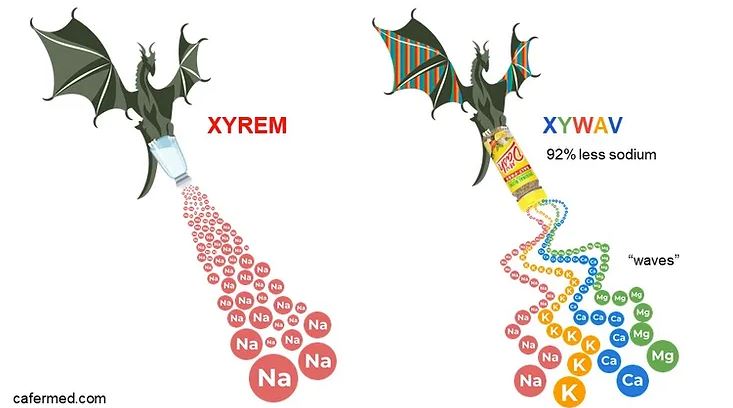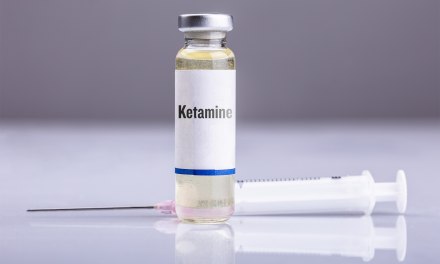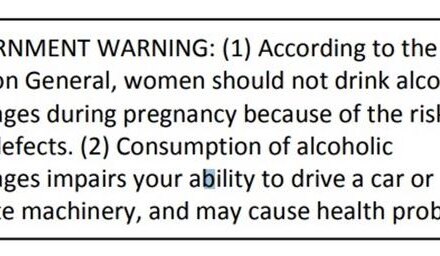By way of followup to other posts from 2021 and 2019, on the battle between Big Pharma firms hoping to corral the market for medicines to treat narcolepsy: the latest update.
Jazz Pharma ruling clears U.S. roadblock for rival narcolepsy drug
In practice, this means more competition for Jazz Pharmaceuticals, an Irish corporation, for what the article refers to as its ‘blockbuster’ product, Xyrem. Up to this point, Jazz Pharma has been the only company authorized to distribute this product in the US, due to a restriction placed on the drug as the result of concern over its considerable potential for abuse.
It’s a sodium salt made from GHB— a sedative with a nasty rep as ‘the date rape drug’.
The rationale for the Court’s decision here centered on the need for greater competition between makers. That should result in lower prices, but in this instance, I’m not sure it will.
Why not? Because of the law covering so-called ‘orphan’ pharmaceuticals– drugs designed for patients with what are classified as ‘rare’ disorders. Apparently narcolepsy is one. The patient population for treatment is considered too small to justify the big dollars that pharma firms have to spend in developing new treatments. Ergo, the government must incentivize private firms, by allowing them to charge more for their products.
Significantly more, it seems. An analysis from 2019:
Drug Prices for Rare Diseases Skyrocket While Big Pharma Makes Record Profits
For instance, Jazz Pharmaceuticals earned revenue of $1.8 billion from Xyrem in 2021 alone. Makes it easy to see how a corporation would go to the mat to protect those kinds of revenues from competition. Apparently this time around, they lost.
Of course, it could result in a stalemate, where rather than competing on price, the two vendors seek to maintain current high price levels, while spending a great deal more on marketing and advertising to attract customers.
That brings us to the second issue: according to research, GHB “…has been used recreationally for nearly three decades…its chronic use is frequently associated with serious adverse events including GHB intoxication with GHB-induced comas… the number [of persons] with GHB-use disorders is steadily increasing.”
Not what addiction treatment professionals want to hear. They’re concerned that these GHB-based prescribed meds, as they become more available, will be diverted for illicit use. In that context, a typical GHB user is described as “…young, mostly single, living alone, well-educated, generally a student.”
As if they don’t already have enough problems.
Let’s hope someone in government is thinking about this, and maybe even coming up with a plan.













